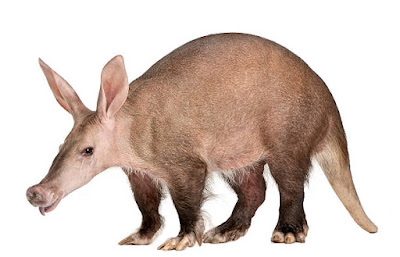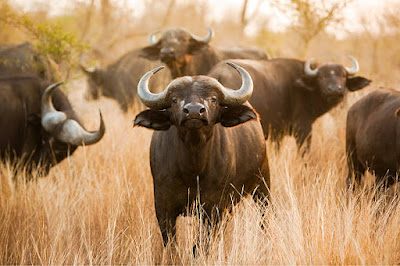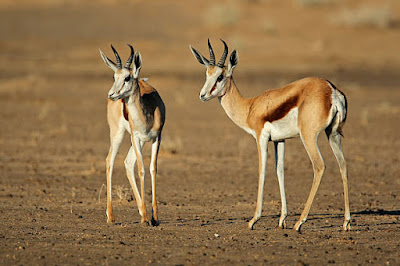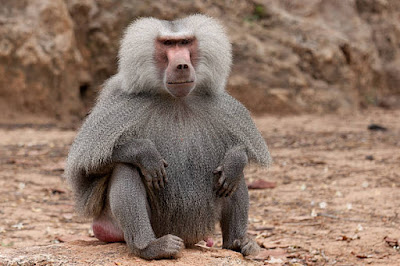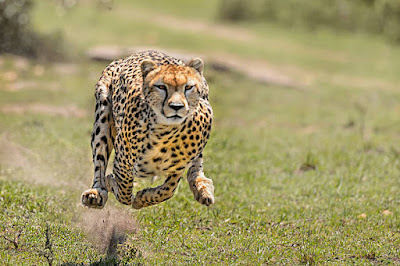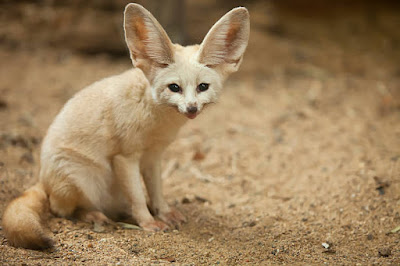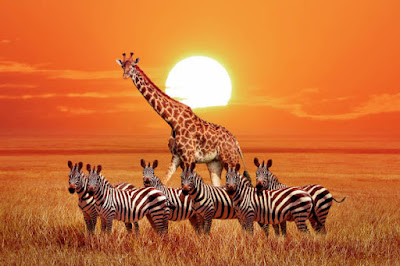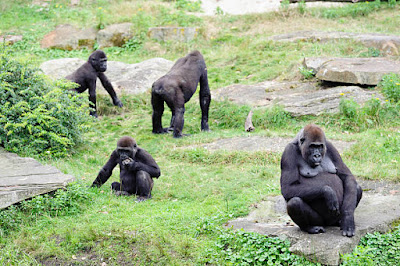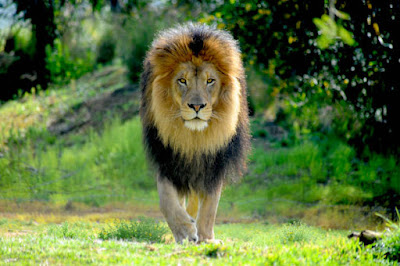Nature Of The World African 10 Animals Wildlife: Expectations vs. Reality
The African creatures recorded beneath address just a little piece of the landmass' brilliant biodiversity. We will add new types to this page routinely, so make certain to return soon!
1.Aardvark
The aardvark is a nighttime well evolved creature whose diet comprises primarily of insects and termites. It utilizes its magnificent feeling of smell to retain food, and its long tacky tongue to get its prey. The aardvark has a toughness to shield it from bug nibbles and stings.
Aardvark is a remarkable performer. Whenever compromised, it will withdraw to a more secure area. In the event that there is no opening accessible, you will dig another opening rapidly, withdrawing back when the peril has passed.
Aardvark is the main individual from the family Orycteropodidae, with the final types of the Tubulidentata request.
2. The African bison
The African bison is a huge, durable, very much fabricated creature. It has a place with the little family Bovinae, whose individuals are known as bovids.
There are a few types of African bison. Every one is somewhat disparate apparently and is tracked down in an alternate piece of Africa. The biggest and most notable subspecies is the Cape bison, local to South Africa.
Both African male and female bison have unmistakable tusks, their tips can be more than 1 m (3.3 ft.) Apart from the grown-up guys. The completely mature male horns join to shape a strong board known as the 'chief'.
Horns are utilized as security against hunters. The guys likewise utilize their horns to battle for control of the herd.
The old African bison is, serious areas of strength for large very much furnished; has little feeling of dread toward numerous hunters; just a daring or hungry lion can go after a completely developed bison.
These enormous creatures are known for their unusual way of behaving and will incidentally go after people.
3.African Bush Elephant
The African elephant is the biggest creature on the planet. It ascends to 4 m (13.1 ft.) In level, and gauges up to 6,048 kg (13,334 lb.). Both African male and female backwoods elephants have teeth (just Asian male elephants have tusks).
Up to this point, all elephants in Africa were viewed as similar species, the African elephant. Late exploration has shown that African elephants have two particular species: the African wilderness elephant and the little African wilderness elephant.
4.Antelope
All deer have horns (albeit in certain species they are just tracked down in guys), and most live in crowds. Living in groups helps protect deer from hunters. With that multitude of eyes and ears watching and standing by listening to risk, hunters find it challenging to approach without being seen.
There are 91 types of deer, a large portion of them local to Africa. They live in different spots, including timberlands and prairies. Gazelles are herbivores (herbivores), and numerous species live in huge crowds.
The biggest deer is the monster eland, an animal groups tracked down in the fields of Central Africa. The littlest regal pronghorn, tracked down in West Africa. It is just 25 inches (9.8 in.) Long at the shoulder.
5. The monkey
There are five types of primate: the hamadryas monkey, the Guinea monkey, the olive monkey, the yellow mandrill, and the chacma monkey. Each of the five species are tracked down in Africa.
Chimpanzees live in bunches called officers. Troopers differ in size from five to 250 individuals. Male chimpanzees use sounds and visual dangers, for example, uncovering their long, sharp teeth to canines, to acquire strength inside the gathering.
Protection conditions for four of the five monkey 'Not by any stretch of the imagination stressed'. The Guinea monkey, the littlest chimpanzee, is appraised 'Close Threatened'.
6. Cheetah
The cheetah cover is pale brown/yellow and covered with particular dark dabs. The spots give disguise, isolating the creature's edge against grass and different leaves.
The cheetah is an individual from the Felidae family (feline). Albeit quite possibly of the biggest feline, it isn't viewed as a 'major feline' as it's anything but an individual from the little Pantherinae family, nor is it an individual from the Panthera breed.
7.Fennec Fox
The fennec fox is the littlest individual from the canine family. It is found in the Sahara Desert and other bone-dry locales of Africa.
Huge fennec fox ears will more often than not live in desert regions. They assist the fox with keeping cool by moving intensity to the body.
The fox can hear well overall, and it could detect the deer moving underground.
8. Giraffe
The giraffe is perhaps of Africa's generally different creature. With its long neck and legs like a support point, the giraffe is the longest land creature on the planet.
The giraffe's high level permits it to gobble up leaves that are distant to different creatures.
There is conflict about the quantity of types of giraffes. A few specialists, like the International Union for Nature Conservation (IUCN), perceive just a single animal varieties. Some, similar to the Catalog of Life, perceive 4, while others perceive 8 species!
9.African gorila
Gorillas are the biggest primates on the planet. (Primates are a gathering of creatures that incorporate creatures like monkeys, monkeys, and lemurs).
In spite of their fearsome appearance, gorillas eat grass.
Gorillas have a place with the incredible primate family Hominidae. Assuming you thoroughly search in the mirror you will see one more individual from this family!
There are two types of gorilla: the eastern gorilla and the western gorilla. Both live in the wildernesses of focal Africa.
The eastern gorilla has two subspecies: the mountain gorilla and the eastern marsh gorilla. The western gorilla additionally has two subspecies: the western gorilla and the Cross River gorilla.
10.The lion
Perhaps of Africa's most imperiled creature, the lion is the most dreaded creature, as are numerous huge African creatures, presently undermined.
The absolute number of grown-up lions left in the wild is assessed at somewhere in the range of 23,000 and 39,000; that is about a portion of the quantity of individuals going to one National Football League game.
The essential driver behind the lion's proceeded with decline is mistreatment by domesticated animals ranchers who see the animal as a danger to their occupations. Environment misfortune has likewise had a significant impact in the species' decay.
Lions will generally be inert during the day, and can spend as long as 20 hours of the day resting.
You may like more-

